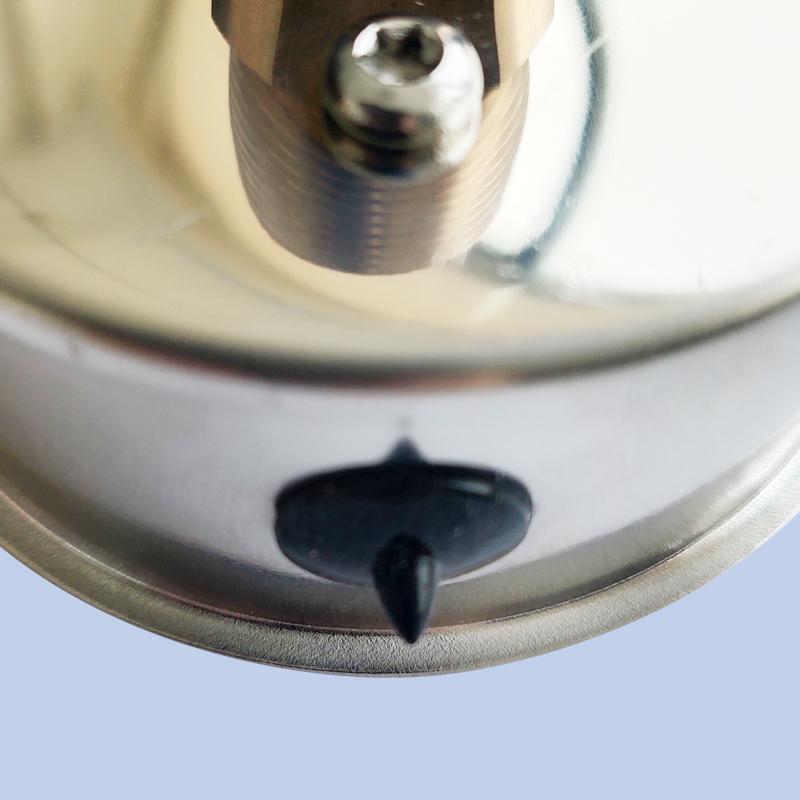
Aug . 20, 2024 13:03 Back to list
Pressure Gauge Innovations in Fire Extinguisher Manufacturing and Safety Standards
The Importance of Pressure Gauges in Fire Extinguishers
Fire extinguishers are essential safety devices that play a critical role in firefighting. They are designed to combat small fires before they escalate into larger infernos. However, the effectiveness of a fire extinguisher is heavily dependent on its readiness and functionality, which is where pressure gauges come into play. Pressure gauges in fire extinguishers offer vital information about the operational status of the device, and understanding their importance is crucial for both personal safety and compliance with fire safety regulations.
The Role of Pressure Gauges
Pressure gauges are devices that measure the amount of pressure within the fire extinguisher. A properly functioning gauge indicates whether the extinguisher is charged and ready for use. Typically, these gauges feature color-coded zones a green zone indicating adequate pressure, a red zone indicating too low or too high pressure, and a yellow zone for caution. If the needle falls into the red zone, it signals that the extinguisher may not work effectively in the event of a fire, making it essential to either recharge or replace it.
Ensuring Readiness
Regular inspection and maintenance of fire extinguishers, including checking the pressure gauge, are paramount for safety. Organizations and businesses are generally required by law to ensure that their fire extinguishers are regularly serviced, checked, and maintained. This includes reviewing the pressure gauge to ensure it is in the green zone. Missing or faulty gauges could lead to critical failures during emergency situations, which might result in devastating consequences.
Types of Extinguishers and Gauges
pressure gauge in fire extinguisher companies

There are several types of fire extinguishers, including water, foam, dry chemical, and CO2 extinguishers, each with specific applications based on the class of fire they are designed to combat. While most portable fire extinguishers have a pressure gauge, the design and function may vary based on the type. For instance, CO2 extinguishers do not have a pressure gauge; instead, users are instructed to weigh the extinguisher to determine if it is full.
Additionally, there are companies that specialize in manufacturing fire extinguishers equipped with advanced pressure monitoring systems. These systems can offer real-time data and notifications to ensure better safety management in commercial settings. The evolution of technology in fire safety equipment emphasizes not just traditional gauges but also smart monitoring solutions.
User Awareness and Training
It’s crucial that individuals in workplaces or homes where fire extinguishers are present are trained on how to read the pressure gauge and understand its implications. Regular fire safety training should include instruction on the importance of the pressure gauge, how to perform inspections, and when to take action, either by recharging or replacing the extinguisher.
Conclusion
In summary, pressure gauges in fire extinguishers are not just a mere accessory; they are a critical component ensuring that the extinguisher will perform effectively when needed most. Regular checks, awareness, and training regarding these gauges can significantly enhance safety and preparedness in any environment. As individuals and organizations strive to prioritize safety, understanding and managing the condition of fire extinguishers through their pressure gauges is essential for comprehensive fire risk management. Regular inspections and appropriate maintenance actions can ultimately save lives and property in emergency situations.
-
High-Precision 5 Valve Manifold Differential Pressure Gauge Suppliers
NewsApr.29,2025
-
High-Precision Diaphragm Vacuum Pressure Gauges Manufacturers & Quotes
NewsApr.29,2025
-
Omega Differential Pressure Gauges High Accuracy & Durability
NewsApr.28,2025
-
Low Pressure Differential Pressure Gauges Precision Solutions & Quotes
NewsApr.28,2025
-
Digital Diaphragm Pressure Gaauge Precision Measurement & OEM Quotes
NewsApr.28,2025
-
Differential Pressure Gauge China Price High-Accuracy & Best Quotes
NewsApr.28,2025
